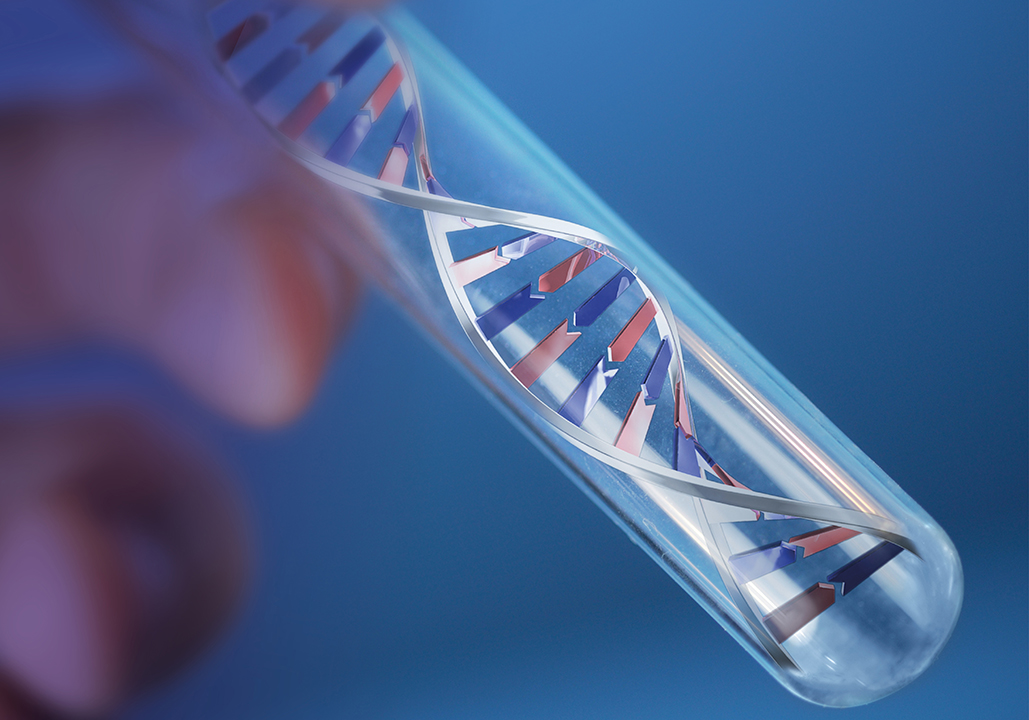More efficient prevention of diseases, improved research productivity, personalised healthcare and safer medication are examples of the benefits to Finns, if we are able and willing to make use of genome data more effectively. This is the message of the recently published proposal for a National Genome Strategy for Finland.
Genome data resembles a recently unburied treasure trove, the contents of which we do not yet completely know or understand. Published in 2015, the genome strategy sets forth a pragmatic vision that looks to the near future: the aim is that by 2020, genome data will be effectively used to improve human health in Finland.
“If the proposals of the genome strategy are implemented, society can benefit from the reduction in the growth of healthcare costs and the improved allocation of resources,” says Director Antti Kivelä from Sitra. “The implementation of the proposals would also ensure that Finland will be an internationally attractive research and business environment in the field of genomics.”
Alongside digitisation and the increase in self care, the use of genetic information will revolutionise traditional healthcare. This is a significant global trend, and it is up to us as to whether we will be active players or bystanders.
“Finland may become a pioneer in the utilisation of genome data – that is, in the development of more effective and customer-oriented health services – whilst also being able to exploit the innovation and business potential of genome data. The National Genome Strategy tells us how this can be done,” says Tuula Tiihonen, Sitra’s Senior Lead and member of the genome strategy’s working group.
The genome strategy includes eight key objectives with related proposals for action, through which genome data can be effectively exploited. The objectives include, for example, the establishment of a genome data centre, the formulation of ethical rules for the exploitation of genome data, equal opportunities for people to use genome data in their own lives, and making Finland an internationally attractive research and business environment in the field of genomics. In relation to the last objective, it also proposes the creation of a comprehensive information system architecture to facilitate the exploitation of genome data.
Making the benefits of genome data available to all will help people to maintain and promote their own health through lifestyle choices. In the future, individuals’ genetic information will be a key factor in risk assessment and choices. Consequently, healthcare services will also need unified guidelines for using genome-wide studies.
“Genome-related information can be used to make better individual choices, target the early diagnostics of diseases, and choose the most effective treatment,” says Director Liisa-Maria Voipio-Pulkki from the Ministry of Social Affairs and Health.
The use of genome data is already commonplace for many people. Based on our recent open survey on the use of genome data, some people wish to have advance information on their susceptibility to hereditary diseases, some hope to better understand a disease that has already been diagnosed, whilst some need support for their lifestyle choices. Some specifically do not wish to know about their risks in advance. Read how our Finnish survey respondents described the importance of genome data in their lives (article in Finnish).
The Genome Strategy was launched on 11 June 2015 at Sitra. You can find the presentations below (in Finnish):
Erkki Vartiainen, THL: THL Biopankin toiminta on käynnistynyt





Recommended